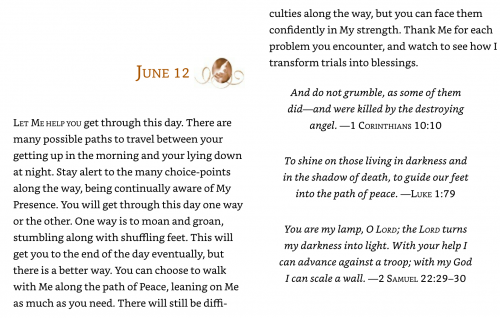Contemplation and Racism
Public
Action and Contemplation
Friday, June 12, 2020
I was in the seminary when the Civil Rights movement transformed the political and cultural landscape of the United States. While I was more an observer than an active participant, I witnessed the courage and faith of the activists, not yet realizing that contemplation was often its source. Today Dr. Barbara Holmes describes the contemplative dimension present in the marching feet of civil rights activists.
The civil rights marches of the 1960s were contemplative—sometimes silent, sometimes drenched with song, but always contemplative. This may mean within the context of a desperate quest for justice that while weary feet traversed well-worn streets, hearts leaped into the lap of God. While children were escorted into schools by national guardsmen, the song “Jesus Loves Me” became an anthem of faith in the face of contradictory evidence. You cannot face German shepherds and fire hoses with your own resources; there must be God and stillness at the very center of your being. . . .
Like a spiritual earthquake, the resolve of the marchers affirmed the faith of foremothers and forefathers. Each step was a reclamation of the hope unborn. Each marcher embodied the communal affirmation of already/not yet sacred spaces. . . . The sacred act of walking together toward justice was usually preceded by a pre-march meeting that began with a prayer service, where preaching, singing, and exhortation prepared the people to move toward the hope they all held. This hope was carefully explicated by the leadership as a fulfillment of God’s promises. As a consequence, the movement that spilled from the churches to the streets was a ritual enactment of a communal faith journey toward the basileia [realm] of God. . . .
The end result was that a purportedly Christian nation was forced to view its black citizens as a prototype of the suffering God, absorbing violence into their own bodies without retaliation. By contrast, stalwart defenders of the old order found themselves before God . . . with fire hoses, whips, and ropes in their hands. The crisis created by contemplative justice-seeking guaranteed the eventual end of overt practices of domination, for domination could not withstand the steady gaze of the inner eye of thousands of awakened people.
The killing of George Floyd reminds us that cries for justice and equity continue today; awakened hearts and active bodies are needed to join the cause. Holmes affirms new, creative approaches today in the Movement for Black Lives and other groups led by young people, women, and people of color. I, Richard—like Dr. Martin Luther King, Jr.—believe that “the arc of the universe bends toward justice,” [1] but it depends upon our participation. What is your work to do today to bend the universe a little more towards justice?

 Click Image for John White's Original Vision For CO2's
Click Image for John White's Original Vision For CO2's
